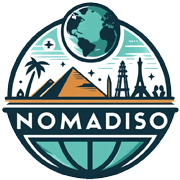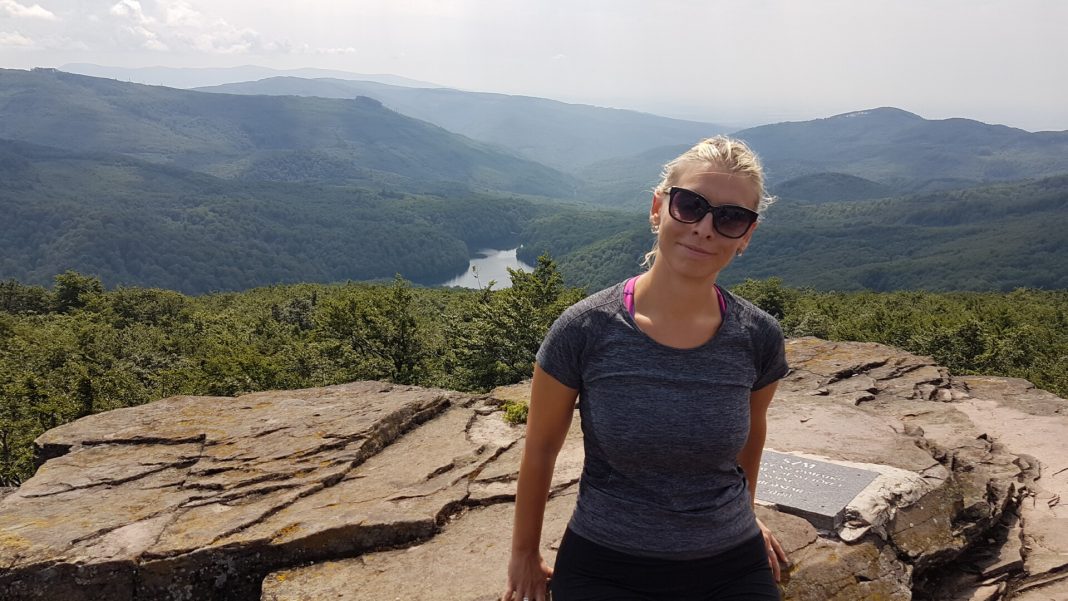Beautiful and undiscovered. This is how our trip to the far east of Slovakia, to Snina, could be characterized (It was a stay with EXOD, organized by the Trade Union of Workers in Education and Science in Slovakia). The region of Upper Zemplín charmed us so much that we have prepared 12 top tips for individual attractions for you. Our primary activity was hiking, but other points are also worth visiting and you will definitely find something for yourself.
12. Mini Zoo in Snina
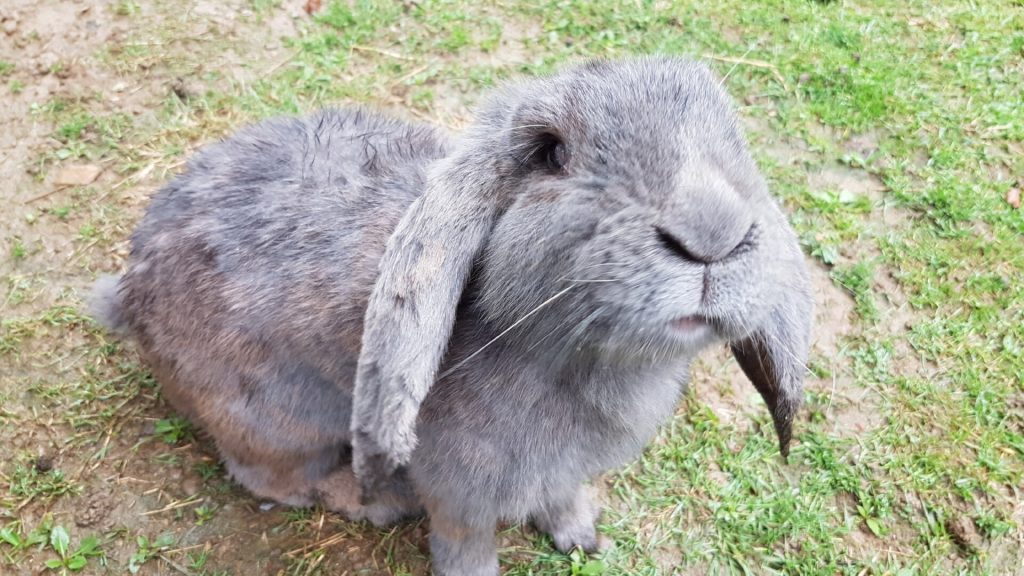
The Mini Zoo in Snina is part of the AJC center, which offers horseback riding, hippotherapy, animal-assisted therapy, and partly also canister therapy. In the zoo, you can see not only domestic animals but also exotic ones, such as Quessant miniature sheep, European bison, and greater rhea. Currently, the Poloniny National Park is the only area in Slovakia where European bison live in the wild.
11. Crypt of soldiers from World War I
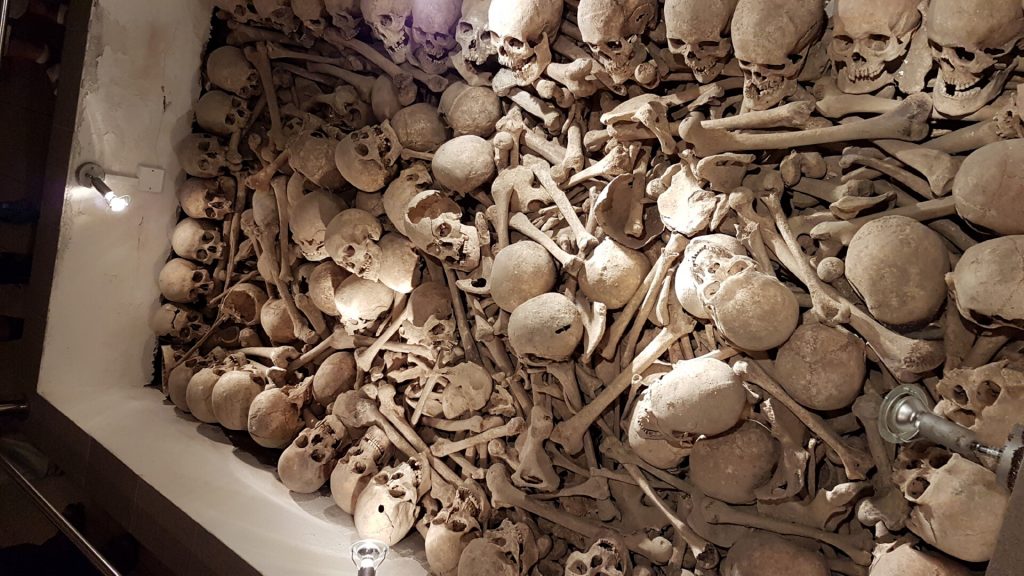
The village of Osadné is a small village in the far east of Slovakia near the borders with Poland. An interesting fact is that beneath the local Orthodox Church of the Ascension of the Lord, there is a crypt containing the remains of over 1000 Russian and Austro-Hungarian soldiers from the First World War. You will not find such an extensive burial ground under any other church or temple in Slovakia.
10. Humen Castle and Open-Air Museum
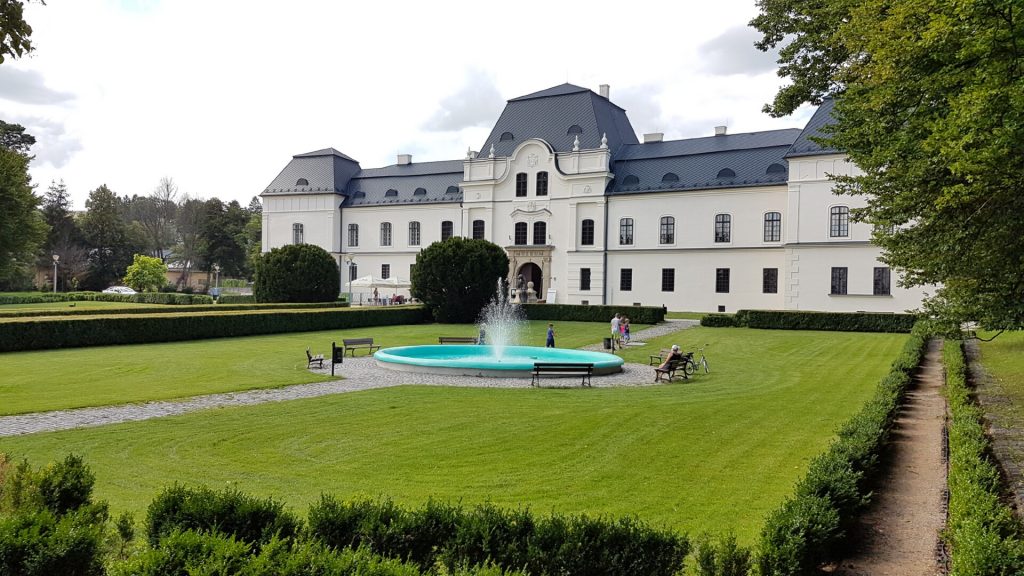 The castle in Humenné is a national cultural monument and the seat of a museum. The building was and still is the dominant feature of the city center. It was built on the site of a medieval water castle, a simple tower-like structure surrounded by a water moat, owned by Peter Petenyi the Younger. Right next to the castle, there is a folk museum with a wooden church.
The castle in Humenné is a national cultural monument and the seat of a museum. The building was and still is the dominant feature of the city center. It was built on the site of a medieval water castle, a simple tower-like structure surrounded by a water moat, owned by Peter Petenyi the Younger. Right next to the castle, there is a folk museum with a wooden church.
9. Andy Warhol Museum
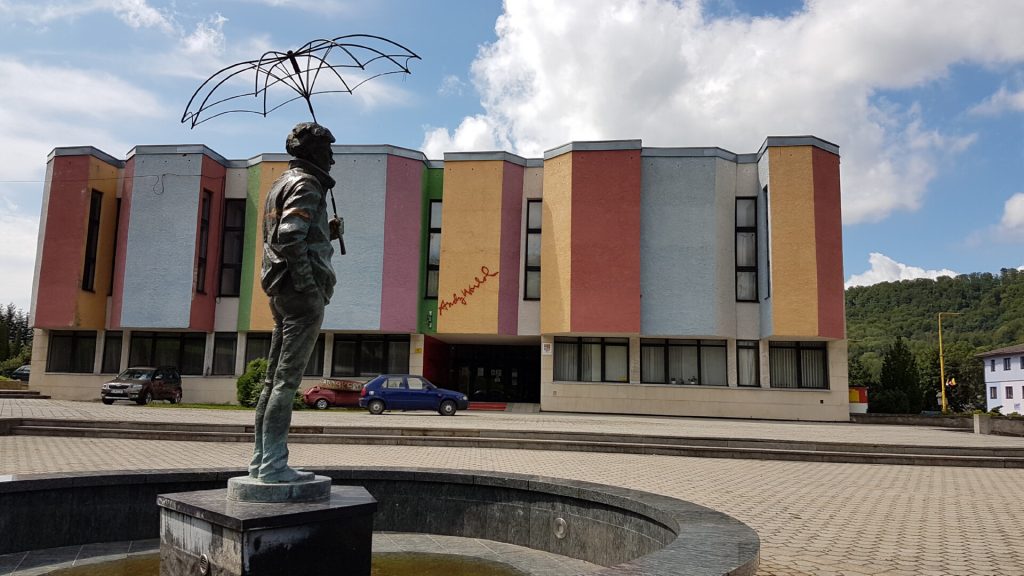
The Andy Warhol Museum of Modern Art in Medzilaborce was founded in 1991 as the world’s first institution dedicated to the king of pop art. Today, the museum is a supra-regional specific institution of museum-gallery type, focusing primarily on current trends in contemporary art and the life and work of Andy Warhol.
8. Starina Reservoir
The Starina Reservoir is the largest water reservoir for drinking water in Slovakia and at the same time the largest source of drinking water in Central Europe. It is built on the upper course of the Cirocha river in the Bukovské Mountains in the territory of the Poloniny National Park. The construction of the reservoir was preceded by the relocation of 7 villages.
7th. Biokúpalisko Sninské rybníky
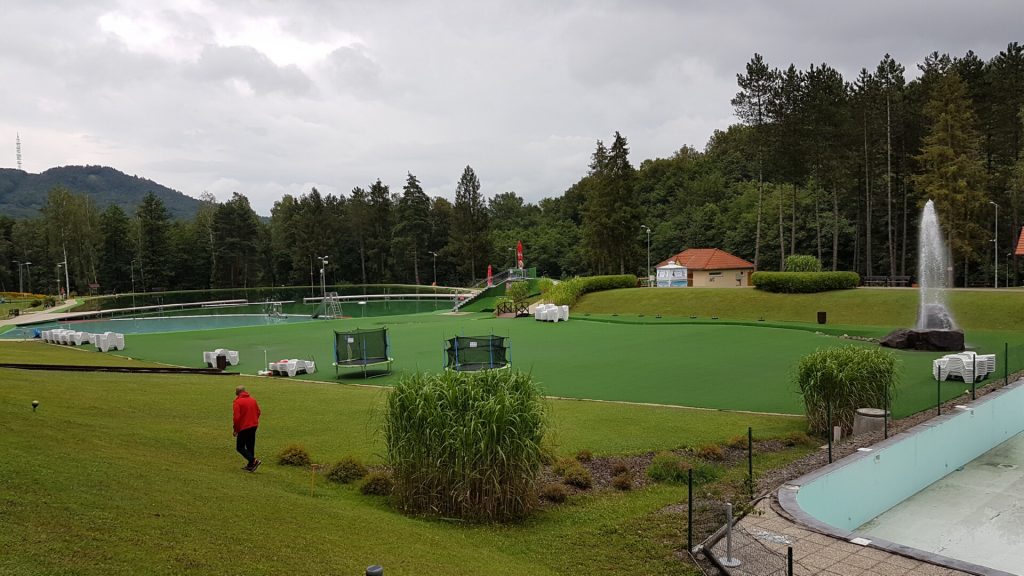
Sninské rybníky is a bio-swimming pool that uses water self-purification technology with plants and algae. The area consists of a pool with three depth zones, divided by piers, for swimmers and non-swimmers, grassy relaxation areas, and the pool itself used for water filtration and purification. In the adjacent amphitheater, a well-known rock festival Rock pod kameňom is held in the summer.
6. Wooden Church in Ruska Bystra

The Church of the Translation of the Relics of Saint Nicholas is a Greek Catholic church from 1730 in the village of Ruska Bystra. Since 2008, the church has been listed as a UNESCO World Cultural Heritage site along with 7 other churches in the category of Wooden Churches. Thanks to this listing, the church has become a visited attraction from a poor unknown village.
5. Riaba Rock
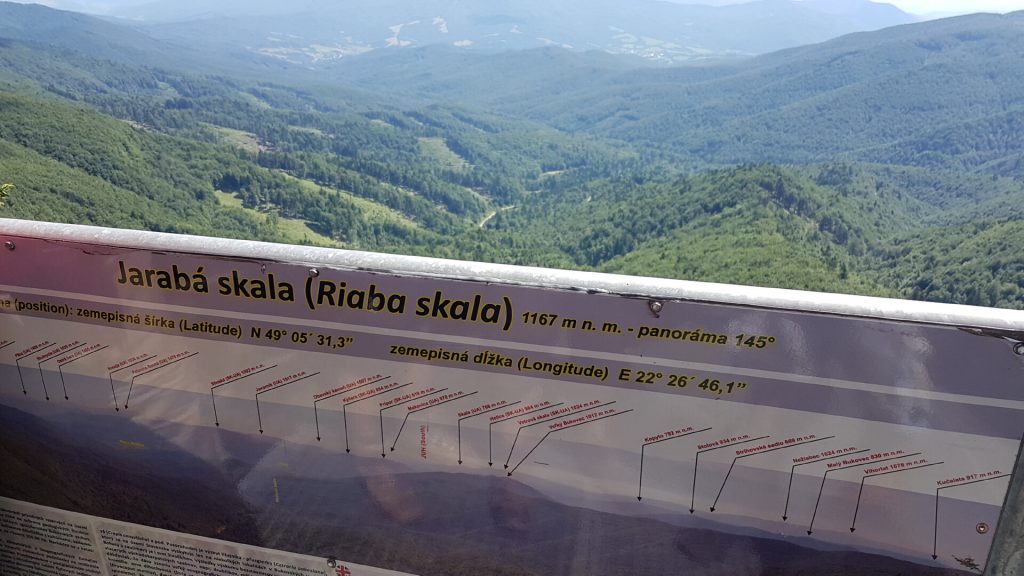
The peak Riaba skala, also known as Rabia or Jarabá skala, is one of the most popular tourist destinations in the Bukovské Vrchy mountains. Thanks to the breathtaking view from the extensive mountain meadows at the summit, it is considered the best viewpoint in the Poloniny National Park. You can make your journey along the ridge more enjoyable by picking blueberries along the way.
Trail Map: https://www.strava.com/activities/1099372276
4. Kremenec and Stužický prales
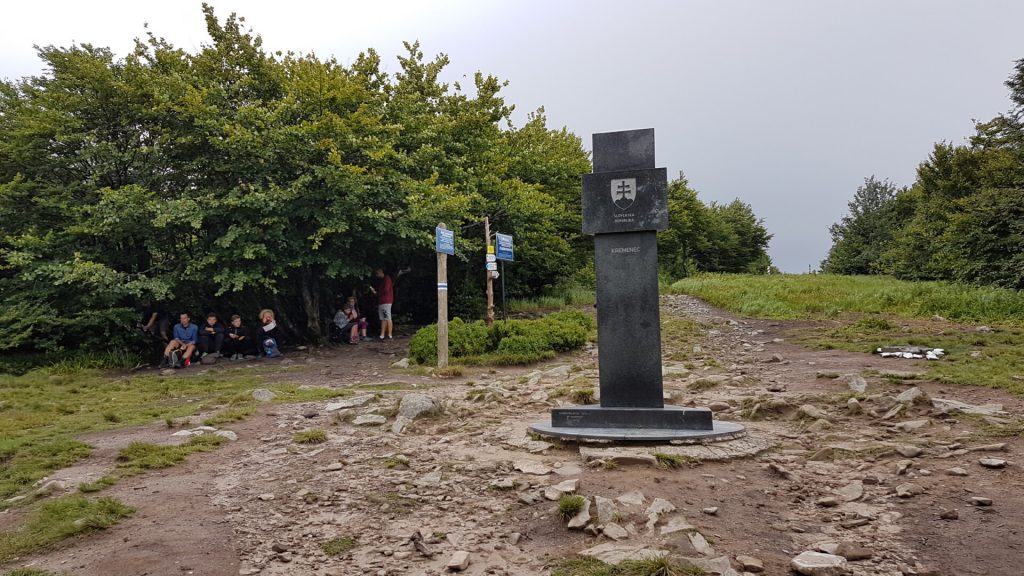
One of the five Slovak triple points and the easternmost point of Slovakia with an altitude of 1221 meters above sea level. Here, the Slovakian-Polish-Ukrainian border meets. The hike from Nove Sedlice is moderately challenging and leads through the beautiful Stuzicky forest. Just be careful not to end up in Ukraine, where soldiers in camouflage may be hidden in the grass.
Hike map: https://www.strava.com/activities/1102538182
3. Little House of Grandpa Storyteller
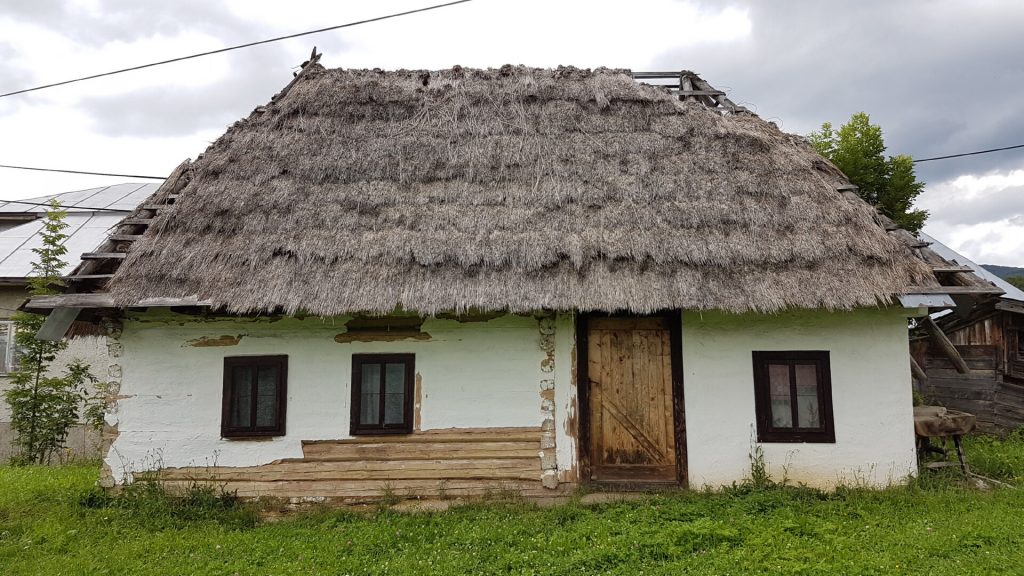
Once upon a time, there was a little cottage. Who remembers it? Yes, Grandfather Večerníček’s cottage really exists! You can find it in the village of Nová Sedlica near the Kremenec guesthouse. But hurry, because the cottage is deteriorating and may not hold together for much longer. The neighbors will just tell you that it’s private property and not a museum.
Location of the cottage:https://goo.gl/maps/2RB5QZE6Tqs
2. Vihorlat and a protected carnivorous plant
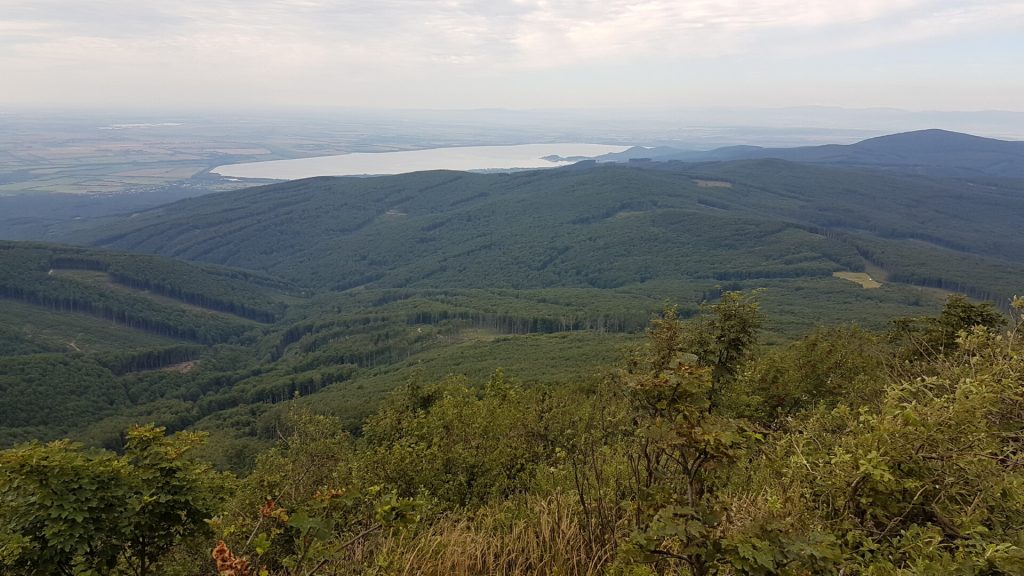
Vihorlat is the highest peak of the volcanic mountain range Vihorlat Mountains, with an altitude of 1075 meters above sea level. It is located in the military area of Valaškovce, making it more difficult to access. Be careful to visit on a day when no shooting is scheduled. At the summit, dominated by a majestic column with a cross, you will have an amazing view of Zemplínska šírava. On the descent, we visited the Kotlík lake and even discovered a legally protected carnivorous plant, the round-leaved sundew, in large numbers on extensive peatlands. Equally an amazing experience.
Route map: https://www.strava.com/activities/1105431057
1. Sninský kameň and Morské oko
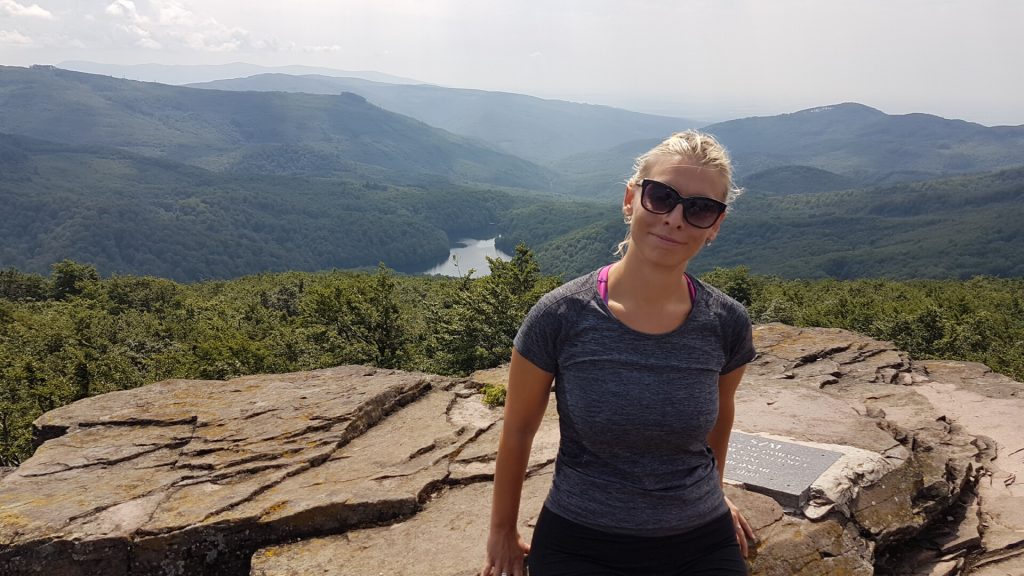
Nature truly went crazy here. Malý and Veľký Sninský kameň, with an altitude of 1006 meters above sea level, form one of the highest-quality European andesites (igneous rock). The hike from Zemplínske Hámre is moderately demanding and mainly leads through the forest. Towards the end, there are steep ladders, followed by amazing views in all directions, Morské oko, Vihorlat, and the ubiquitous deciduous and coniferous trees. On the way down to Morské oko, you can admire plenty of little fish. On our way back, we encountered the endemic Carpathian slug.
